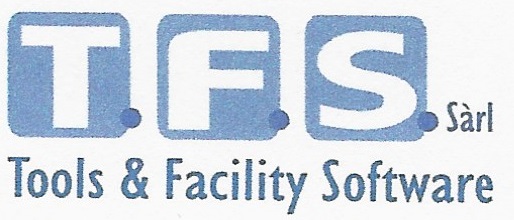Certainly what he has to say about UI and UX design has some weight to it. From beginners to experts of UI design with years of experience, everyone can learn something from Sketch Handbook. So if you are looking into starting with Sketch or optimizing your workflow, this is the top guide. Streamline your design process, ui ux books increase prototyping scope, and get better feedback from stakeholders and users with UXPin. Sign up for a free trial to create your first interactive prototype with UXPin. Filtering and sorting enable users to choose how to consume reviews to find the people or content that resonate with their experience or expectations.
His interests in the area range from the application of formal techniques in interface design to methods for enhancing innovation and creativity. He began as a mathematician at Cambridge University and moved into computing and HCI whilst doing his Ph.D. at the University of York. His background also includes work on farm crop sprayers and remote-controlled submarines. He was one of the founder-director of two Internet dot.com companies. His ideas on aesthetics, affordances, and usability profoundly impact the way we design everything, from doors to software applications.
The Non-Designer’s Design Book – Robin Williams
For designing, you can use different kinds of shapes and even add images to the design, with several options to customize the same according to your requirements. Add color and patterns like linear, radial, and adjust the colors to different settings, including dark, saturation, hue, hard light, soft light and create different color effects. Mockitt Design has a pre-built device-specific interface available to make sure that you are creating a precise design from the beginning to make things easier for you. Use the pre-defined dimensions to ensure that your design elements fit perfectly into the device screen. All in all, you will find this book to be a smart companion that you can take anywhere and start reading because it is not only insightful but also an interesting read.

Think advice on how to land new freelance clients (and charge more for your work), design content strategies, and develop your own UX brand. This podcast is all about fighting for your users through good design practices. UX designer Jason Ogle interviews guests on a wide range of topics, from learning to love synthesizing data to overcoming imposter syndrome. CareerFoundry is an online school for people looking to switch to a rewarding career in tech.
“100 Things Every Designer Needs to Know About People” by Susan Weinschenk
These crossovers are the people who are carrying UX forward, taking it to new levels and new organizations. Another great book that focuses on psychology and human behavior, it helps you realize that having more choice doesn’t bring a feeling of freedom. In fact, having too many options can make us overwhelmed, doubtful, afraid of regret, and so on – something valuable to take into account when you’re designing.
“If you want to learn to create great design yourself…there simply is no way to do so with lists of rules. Instead, I want to provide you with a new set of eyes through which you can see the world anew” said David Kadavy, the author of Design for Hackers. As user-centered design becomes more and more critical in today’s digital world, a beginner designer, a CEO, or even a user like any of us may be interested in UI design. Get tips on hiring, onboarding, and structuring a design team with insights from DesignOps leaders. Many platforms have app stores for third-party applications and integrations. Shopify’s review card appears below each app description so store owners can read peer feedback.
How to build an MVP
I don’t think it’s for a seasoned UI/UX designer as some of the concepts may seem basic. The book is relatively small but is filled with lots of useful tips, including how little tweaks in design can lead to better results. The author links universal psychological principles to UX design examples. In the second part of the book, Anderson describes the psychology behind what’s known as gamification. In other words, how to make a good, functioning website or app a one that keeps “seducing” users to come back. Personally, I’d love a revised version, which shows more recent examples.
